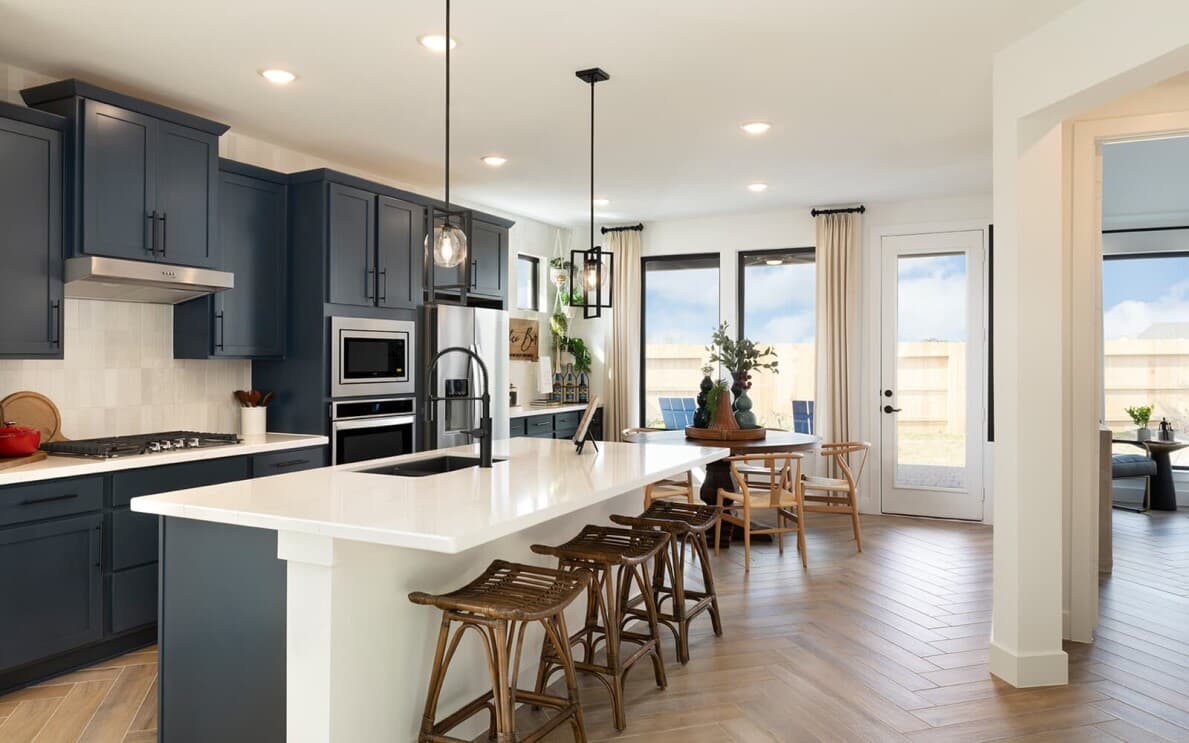
Elevate Dining Ambiance: Transform with Room-Painting Brilliance
A dining room holds a special place in a home, serving as the backdrop for shared meals and memorable gatherings. Painting your dining room is a transformative endeavor that can enhance its ambiance and aesthetic appeal. In this guide, we’ll explore the steps and considerations for painting a dining room to achieve a stylish and inviting space.
Choosing the Right Color Palette: Setting the Tone
The first step in painting your dining room is selecting the right color palette. Consider the overall theme and style you want to achieve. Classic neutrals like whites, greys, or beige offer timeless elegance, while bold hues like deep blues or rich greens can create a more dramatic and contemporary look. The chosen color should complement your furniture and decor, setting the tone for the entire space.
Preparing the Room: Clearing and Protecting
Before grabbing a paintbrush, ensure the room is prepared for the painting process. Remove furniture and any items that may get in the way. Cover the floors with drop cloths or plastic sheets to protect them from drips and spills. Use painter’s tape to cover trim, baseboards, and any areas you want to keep paint-free.
Repairing Walls and Surfaces: A Smooth Canvas
Inspect the walls for any imperfections such as cracks, holes, or uneven surfaces. Patch and repair these areas using spackle or joint compound. Sand the walls to create a smooth canvas for the paint. Taking the time to address these details ensures a flawless finish and professional-looking results.
Choosing the Right Paint Finish: Matte, Satin, or Gloss?
Selecting the appropriate paint finish is as crucial as choosing the color. Matte finishes are ideal for hiding imperfections but may be less durable. Satin finishes offer a subtle sheen and are more durable, making them suitable for high-traffic areas like dining rooms. Gloss finishes add a reflective shine but may highlight wall imperfections.
Testing Paint Samples: Confirming Your Choice
Once you’ve narrowed down your color choices, test paint samples on a small section of the wall. This step is essential as colors can appear different on the wall than they do on a paint swatch. Observe how the colors look in different lighting conditions throughout the day. This testing phase ensures you’re confident in your final color selection.
Creating an Accent Wall: Adding Dimension
Consider adding an accent wall to elevate the dining room’s design. Choose a complementary or contrasting color to the main walls for added dimension and visual interest. The accent wall can be the backdrop for a statement piece of furniture, artwork, or a decorative mirror, creating a focal point in the room.
Applying Primer: Enhancing Paint Adhesion
Before applying the final coat of paint, consider using a primer, especially if you’re making significant color changes or painting over a dark color. Primer enhances paint adhesion, ensures even coverage, and helps achieve the true color of your chosen paint. It’s an extra step that contributes to a professional and long-lasting finish.
Painting Techniques: Brush, Roll, or Spray?
The application technique you choose depends on personal preference and the desired finish. Brushing provides precision and control, while rolling covers larger areas more quickly. Spraying is ideal for achieving a smooth, uniform finish but requires more extensive preparation and protection. Experiment with different techniques to find what works best for your project.
Drying and Curing: Patience for Perfection
Once the paint is applied, allow ample time for drying and curing. Drying refers to the surface being touch-dry, while curing is the process of the paint fully hardening and reaching its maximum durability. Follow the recommended drying and curing times on the paint can to avoid any potential damage or imperfections.
Adding Finishing Touches: Decor and Lighting
With the walls freshly painted, it’s time to reintroduce furniture and decor to the dining room. Consider updating or rearranging furniture to complement the new color scheme. Enhance the ambiance with appropriate lighting, such as a statement chandelier or pendant lights. The finishing touches complete the transformation and create a cohesive and inviting dining space.
In conclusion, painting a dining room is a rewarding project that can breathe new life into this central gathering space. From color selection and preparation to application techniques and finishing touches, each step contributes to the overall success of the project. Elevate your dining ambiance with a fresh coat of paint. For quality paints and painting accessories, visit DesigningTemptation.com to embark on your room-painting brilliance.


